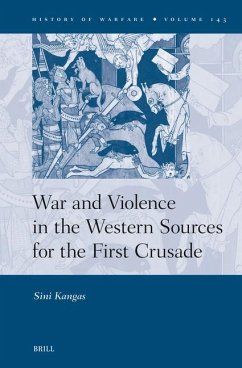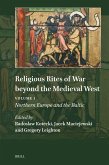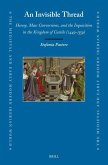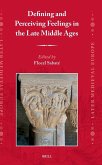Medieval Westerners accepted killing for religion and praised the outcome of the First Crusade (1096-1099). At the same time, their attitude to violence was ambivalent. Theologians shunned the practical use of force, while the warrior aristocracy valued the capacity for physical destruction. In the absence of theological doctrine on the practicalities of holy warfare, the first crusaders draw their ideas about killing from diverse and sometimes conflicting traditions. This book answers questions about how religious violence was described, justified and remembered in the sources of the First Crusade. What was the relation between faith, convention, and action?
Bitte wählen Sie Ihr Anliegen aus.
Rechnungen
Retourenschein anfordern
Bestellstatus
Storno








